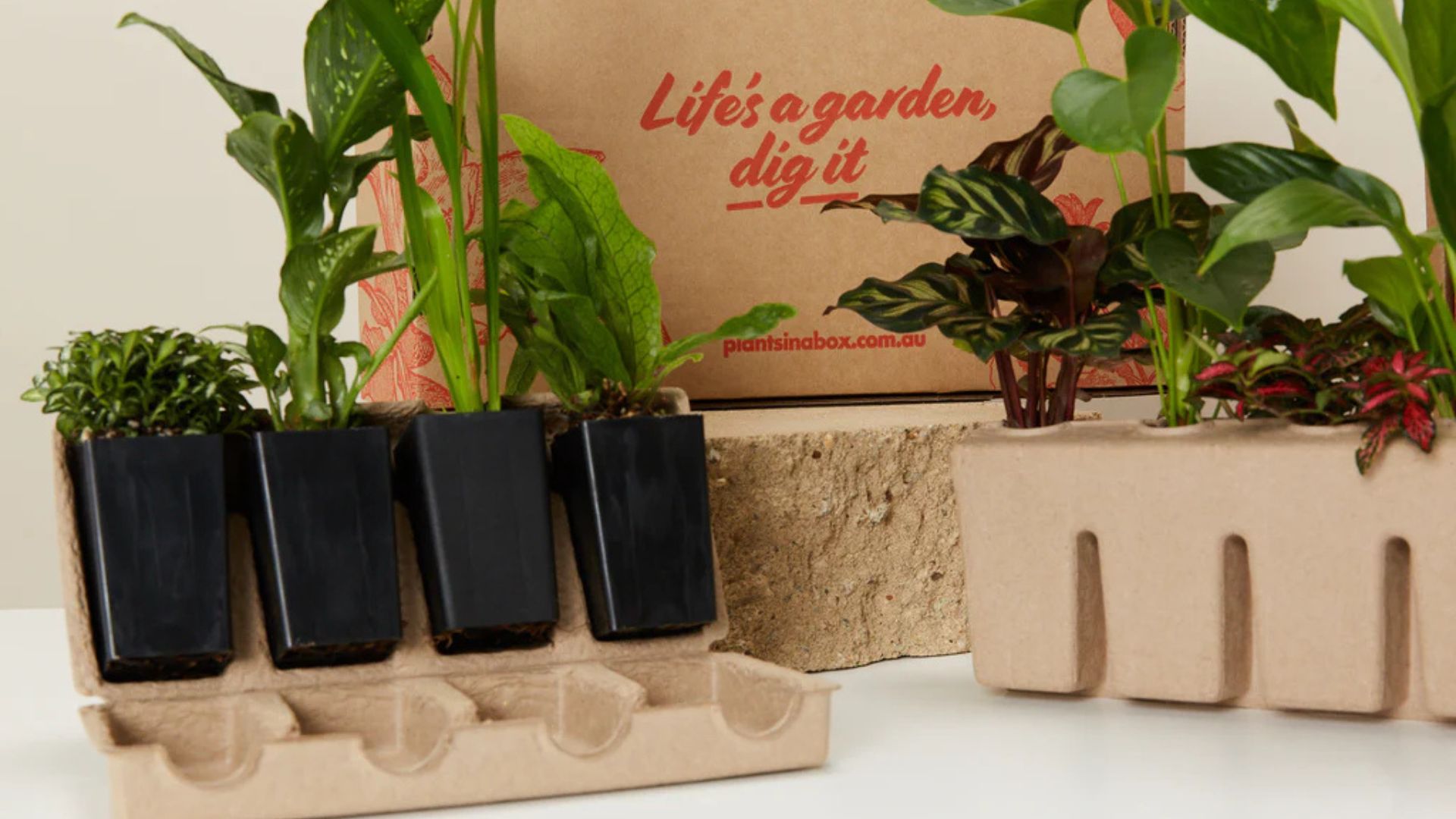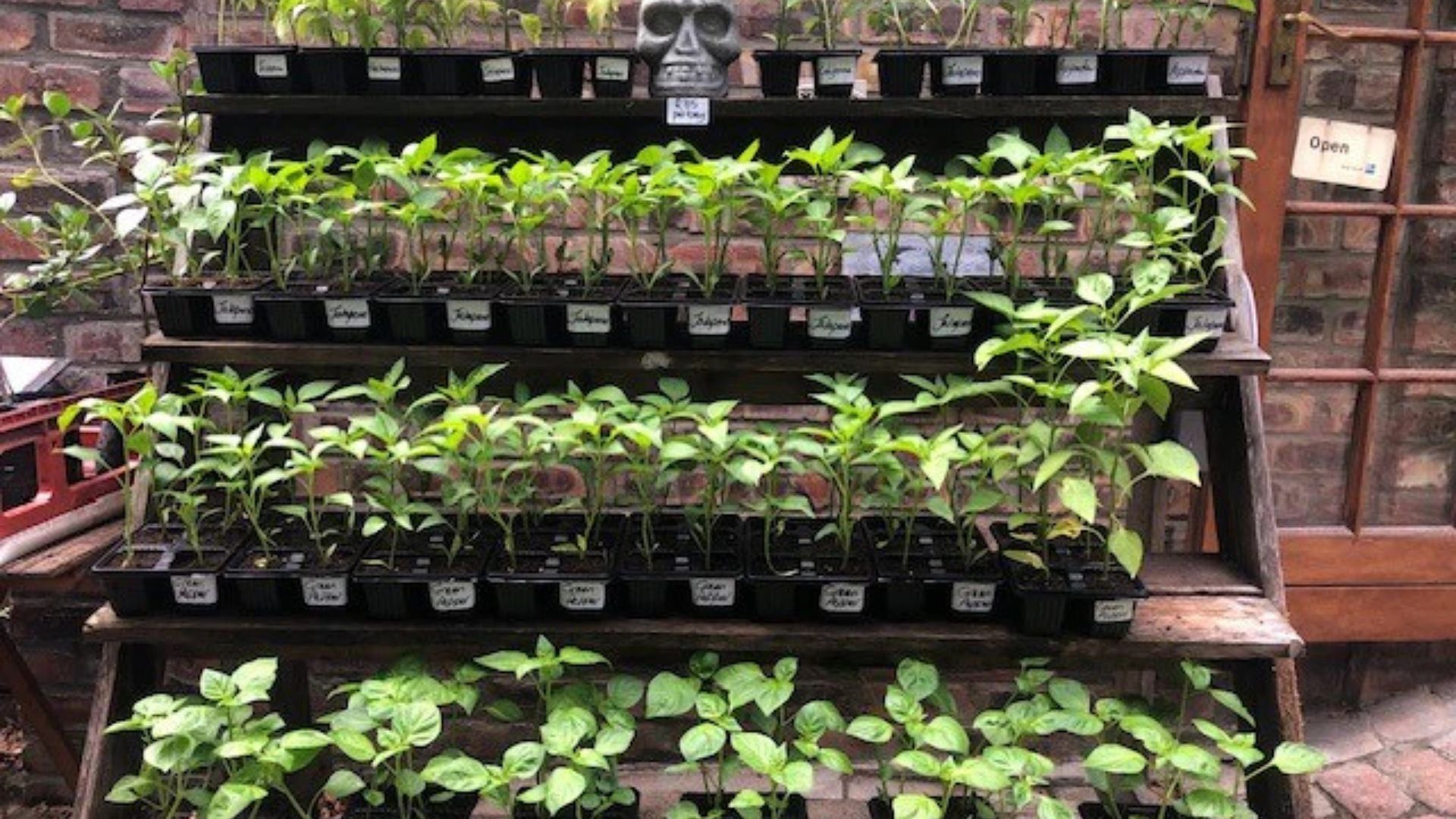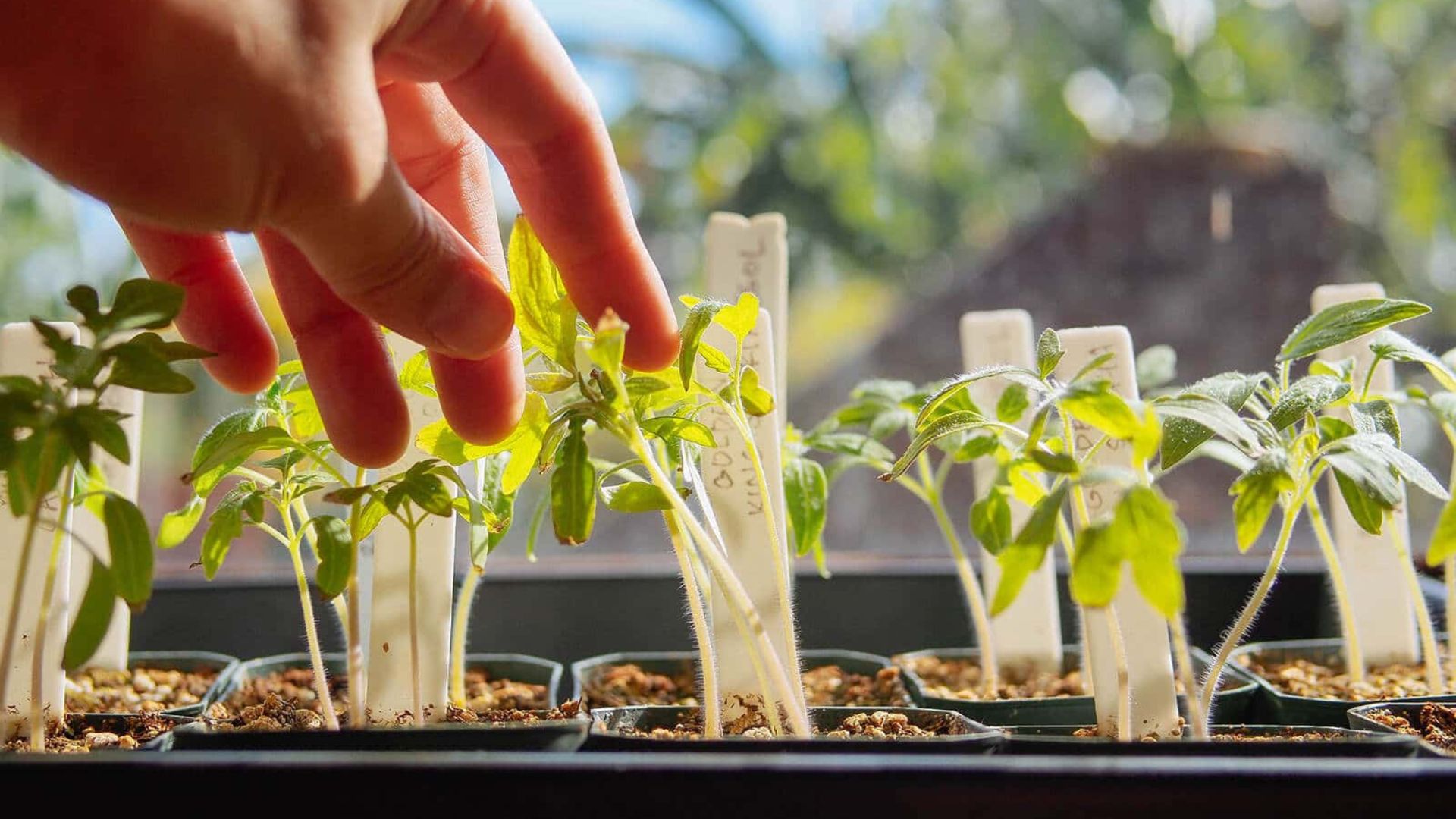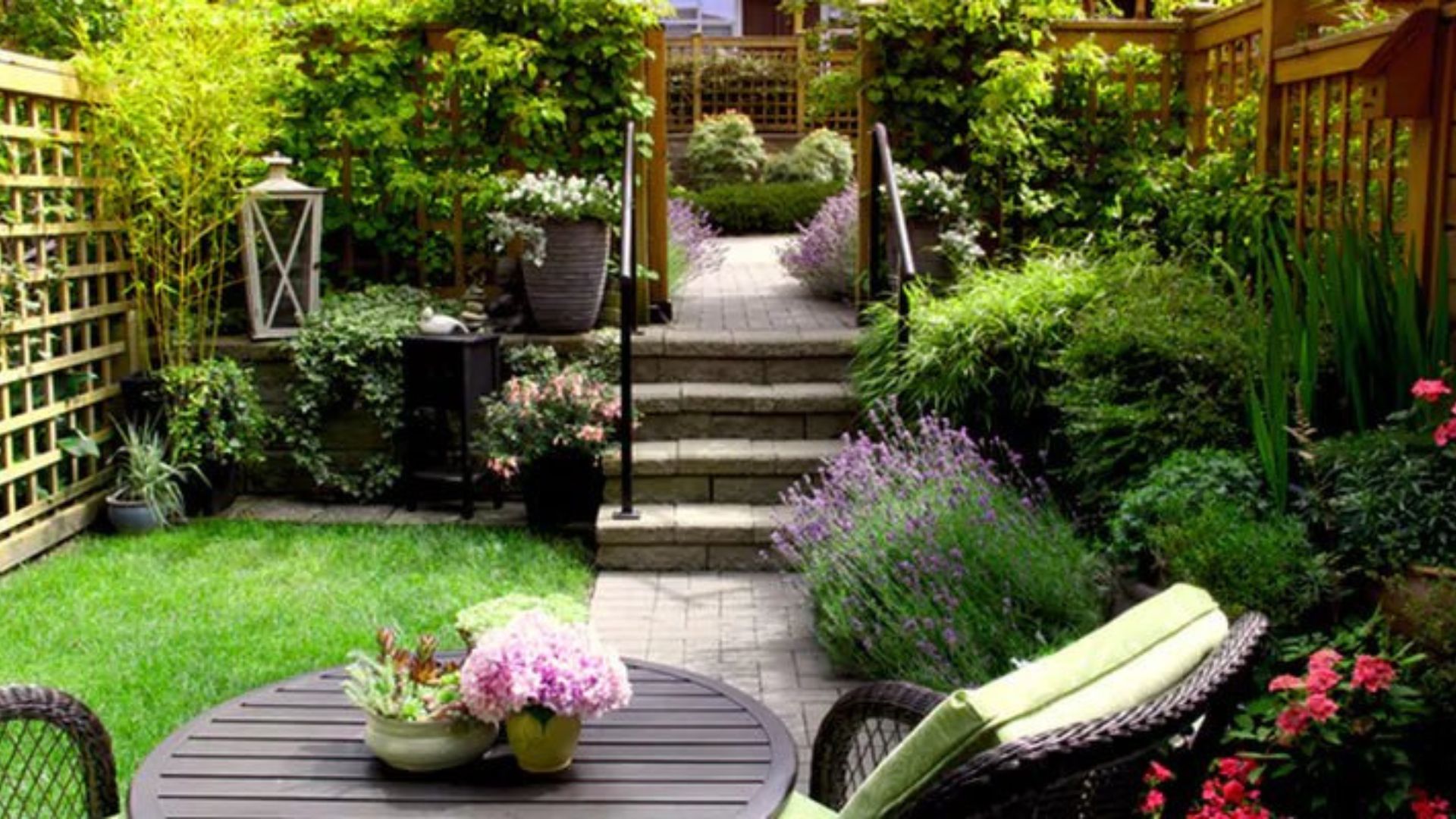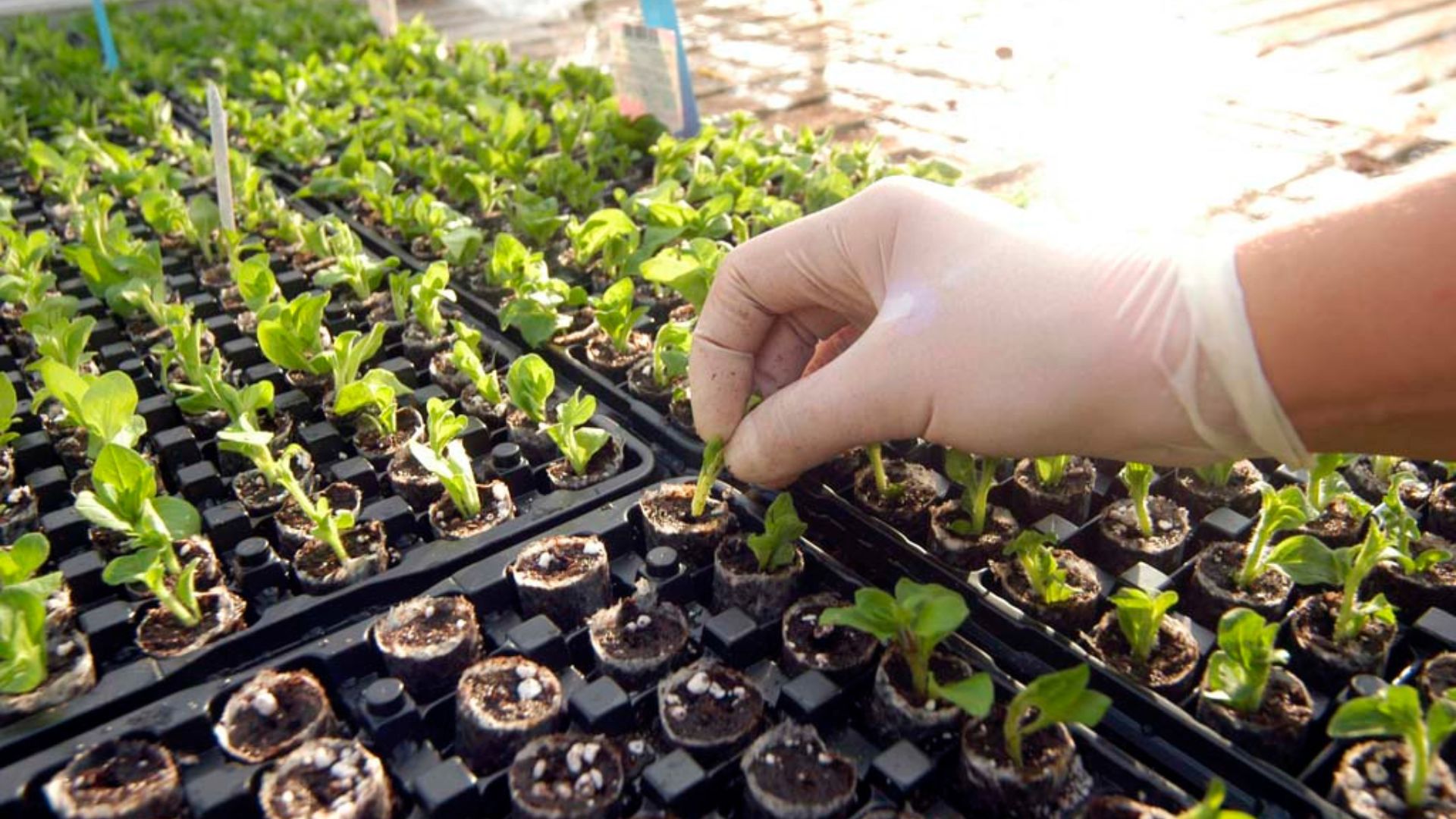Shipping plants safely to customers is crucial for any nursery that offers delivery or online sales. Proper packaging helps protect your plants from damage during transit, ensuring they arrive healthy and ready to thrive. Poor packaging, on the other hand, can lead to broken stems, crushed leaves, or worse—disappointed customers.
In this article, you’ll learn step-by-step how to package plants securely for delivery, keeping them safe from shocks, temperature changes, and moisture loss.
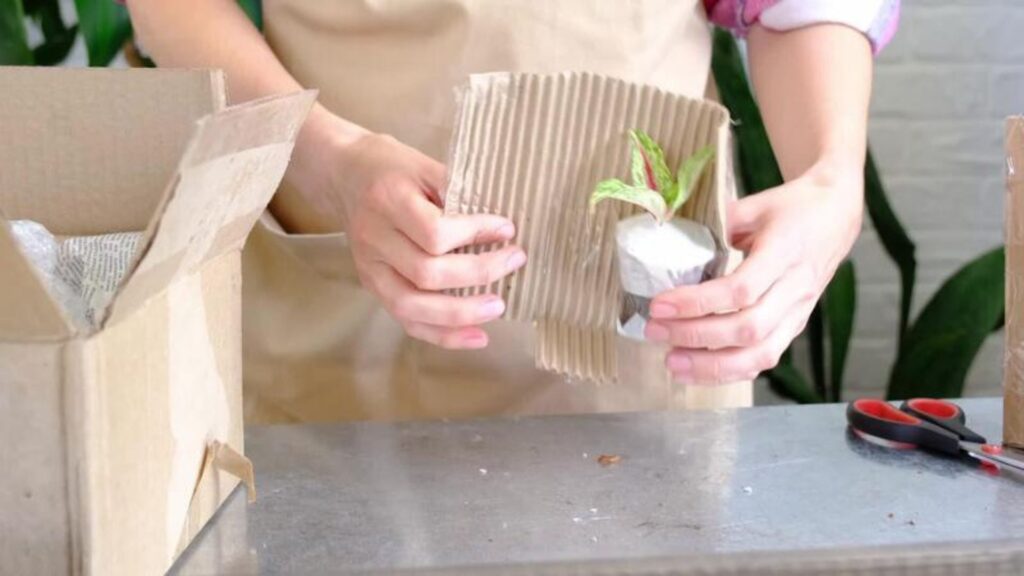
Choose the Right Containers and Pots
The first step is to use sturdy, durable pots or containers that won’t crack or break easily. Plastic pots are lightweight and resistant to damage, making them ideal for shipping.
If you use clay or ceramic pots, protect them with extra padding or consider double-boxing them to prevent cracks.
Wrap the Root Ball and Soil
Prevent soil from spilling by wrapping the root ball tightly:
-
Use a plastic bag or nursery wrap around the pot’s base, securing it with tape or a rubber band.
-
Add some damp paper towels or sphagnum moss inside the wrapping to keep roots moist.
This step reduces mess and keeps the plant healthy during transit.
Protect the Foliage and Stems
Next, protect the plant’s leaves and stems:
-
Gently tie the foliage together with soft twine or plant ties to reduce movement.
-
Wrap delicate parts in tissue paper, newspaper, or lightweight foam sheets.
-
For larger plants, use cardboard or plant sleeves to shield leaves from bending or tearing.
Avoid wrapping too tightly; the plant needs some breathing room to prevent crushing.
Select a Suitable Shipping Box
Use a box that’s slightly larger than the plant’s wrapped size to allow room for padding but not so big that the plant shifts inside.
-
Double-wall corrugated boxes offer extra strength and insulation.
-
Consider “pot-in-pot” packing, placing the potted plant inside a larger container for extra protection.
Cushion the Plant Inside the Box
Fill any empty space with protective materials to prevent movement:
-
Use packing peanuts, crumpled paper, foam inserts, or bubble wrap around the plant and pot.
-
Make sure the plant is snug but not crushed.
-
Pay special attention to the top and sides to absorb shocks.
Good cushioning reduces damage from bumps and drops.
Protect Against Temperature and Moisture
Plants are sensitive to extreme temperatures and drying out during shipping.
-
Ship during cooler parts of the day or avoid extreme weather seasons.
-
Consider insulated packaging or gel packs if shipping in hot or cold climates.
-
Spray the plant lightly with water before packing to keep it hydrated.
-
Mark the box with “Live Plants – Handle with Care” and “Keep Upright” labels.
Choose Reliable Shipping and Timing
Select a shipping service that offers fast delivery options like overnight or two-day shipping to reduce transit time. The less time your plants spend in transit, the healthier they will arrive.
Communicate tracking information to customers and advise them to unpack the plants immediately.
Conclusion
Packaging plants for delivery takes careful planning and the right materials. By protecting the roots, wrapping foliage gently, choosing sturdy boxes, cushioning properly, and considering temperature, you ensure your plants reach customers healthy and happy.
With good packaging and reliable shipping, your nursery can grow its reputation for quality and care—one delivery at a time.






